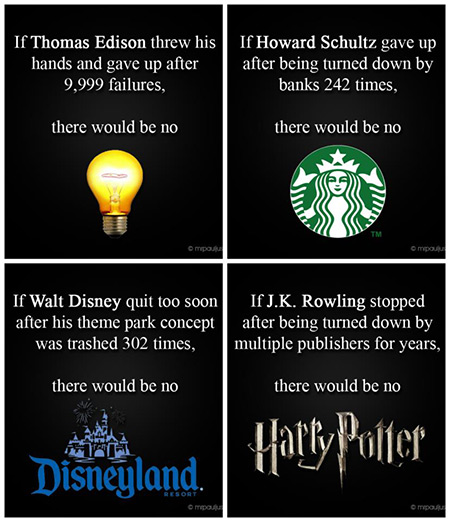We have heard a great deal about growth mindset and failing forward in education circles. It is important that we establish a culture of mistakes in our classrooms. Creating that culture is easier said than done.
Help students turn their mistakes into gold.
Below are several strategies for tangible steps that you can take to establish a culture of failing forward.
Teach students about those who have failed. Show students that it is OK to fail. Let them know about all of those in history who had to fail in order to succeed. Give specific examples that students can relate to. Michael Jordan. Walt Disney. Dr. Seuss. Show students that it is OK to fail before you succeed. And, in fact, necessary to fail in order to succeed.
Model and create a Resume of Failure. A Princeton University Professor recently shared a list of his failures. The document included several sections including: Degree programs I did not get into, Academic positions I did not get, and Awards and scholarships I did not get. Create your own resume of failures. Show students that despite setbacks, if we learn from mistakes, we will eventually be successful. Model your resume for students, and encourage them to list their own failures, along with their eventual successes.
Let students create multiple choice answers. As a math teacher, I used to teach students that multiple choice answers included 3 incorrect answers (when there are 4 answers). In an effort to help students think about mistakes, I would pose a question or problem, and have students create the four multiple choice answers. Students would generate the correct answer and three answers that included some sort of mistake. When doing this, students needed to anticipate the mistakes that they could make, and over time, mistakes became nothing more than a way to the correct answer.
Ask open ended questions that don’t have a correct answer. Many of the questions that we used to ask students (and sometimes still do) have been made irrelevant by Google. Mistakes will become a more acceptable part of your classroom if there is less of an emphasis on getting the right answer. Start asking questions that don’t have just one correct answer. Find questions that are open-ended and require multiple solutions. Act as if there is not a correct answer!
Create an Epic Failure bulletin board. This project can combine a few of the other activities, such as sharing famous failures and creating resumes of failure. Put all of your mistakes on display. Have students post their mistakes, and how it led them to a correct answer or a new discovery. Place your EPIC failures alongside your students, as well as the EPIC failures of famous people. Show everyone that you and your students embrace mistakes as part of the culture of moving forward!
How do you establish and promote a culture of mistakes in your classroom? Share your best ideas or strategies in the comments section below.
Rich (@RACzyz)






Pingback: 7 Mistakes to Avoid in the Classroom |
Pingback: Three Wrongs Make A Right – 4 O'Clock Faculty